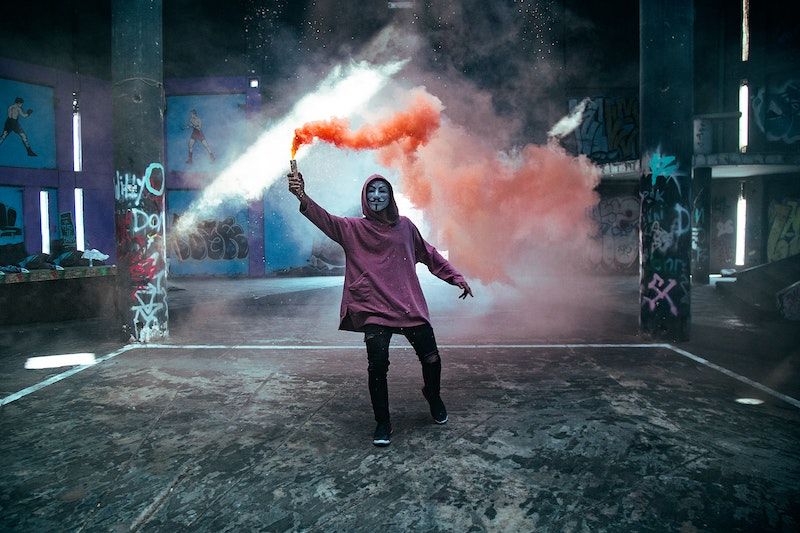In the past two decades, we have witnessed the unprecedented politicization of immigration. Many Australians can recall the immigration wave that occurred after World War II when Australia’s rapidly industrializing economy responded to its labor shortage. Since the end of the Cold War, we, along with many other Western countries, have been working to make our borders impenetrable in order to stop refugees from seeking asylum.
We distinguish today between migrants who come via our Migration Program (currently 190,000 spots per year) and refugees who are admitted through our Humanitarian Program ( providing 13750 places in 2016-2018). The migration is a deliberate choice to find a better future elsewhere. Refugees leave their home country due to persecution.
The photography has given a uniquely Australian perspective on this global story. David Moore’s iconic photograph of Migrants Arriving in Sydney, taken in 1966, showed migrants as complex, vulnerable, and diverse. This image helps us empathize the fear, anxiety, and hope that newcomers feel, as they are caught between tradition and change, old and new.
David Moore Gelatin silver photograph of migrants arriving in Sydney, 1966. Art Gallery of NSW Gift of the Artist 1997 (c) Lisa Moore, Michael Moore, Matthew Moore and Joshua Moore
In contrast, the Australian government is trying to suppress photos of asylum seekers. They do this, it seems, out of fear that they will evoke empathy for them and undermine their border security policy. Refugee policy is militarized as asylum seekers are now widely perceived as a threat to security. This has shifted the focus from those trying to enter Australia to the alleged threat they pose to our way of life.
Photos have a powerful impact.
Researchers have debated for years the ethics and impact of photos of people who are very different or far away from us – can we empathize with their plight through such images? Our reactions to these photos lead us to make political or social changes. Do these feelings of shame or compassion disappear after a brief moment? Or do they subside and allow us to return to our normal routines, reinforcing status quo.
Officials from the Australian military and government clearly believe in the power of imagery like this to support or undermine their agenda.
In recent times, we have seen how photography can influence attitudes and public debate. First, 2001, when the Tampa incident occurred, Children Overboard and the Pacific Solution. The second are the border security measures that were introduced by the Abbott Government in 2013, and still exist today.
In the late 1990s an increasing number of people, including Afghanis and members of the persecuted Hazara minority, attempted to reach Australia by boat in order to seek asylum. In August 2001 the Norwegian vessel MV Tampa rescued a total of 438 refugees, mostly Afghans, from their sinking ship, about four hours away from Christmas Island, Australia.
The Australian government prevented the Tampa from landing at Christmas Island. Indonesia, which has not ratified 1951 Convention on Refugees yet, refused to accept them. The Australian military intervened when the Tampa entered Australian water without permission. The refugees were finally transported to Nauru after a long delay.
Australians’ understanding of remote events had to be heavily mediated. Researchers from the University of Queensland conducted a review of the visual representation of refugees on the front page of two major Australian newspapers of the time, The Australian and The Sydney Morning Herald.
The boat with asylum seekers pulled up next to the Tampa. Wallenius Wilhelmsen/AAP
The analysis revealed that pictures of boats were most common, and those of asylum seekers in large groups (42%) were also prevalent. There were very few images of asylum seekers who had clearly identifiable facial features.
Researchers concluded that this pattern dehumanized refugees and framed the “problem” of refugees as a possible threat that required mechanisms of border control and security.
The image that was most widely shared during this crisis is an aerial shot of the Tampa, showing rescued refugees seated in rows on the deck. This space was defined by shipping containers. This image was powerful, but it did not include a human face.
Asylum seekers aboard the Tampa. Wallenius Wilhelmsen/AAP
After the Tampa incident, Operation Relex, a new border-protection initiative, implemented a strict public affairs plan which tightly regulated information collection and distribution.
Brian Humphreys (Director-General, Defence Communication Strategies) testified later to the Senate Select Committee regarding a Certain Maritime Incident, that Defence Minister Peter Reith had instructed personnel : “Don’t Humanize the Refugees”.
The investigation concluded that the restrictive public affairs plan was designed to maintain “absolute” control of facts.
To ensure that no images that might conceivably be able to garner sympathy, or even cause doubts about the new aggressive border protection regime, would make it into the public domain.
Visual theorists have expressed concerns over the ethical use images of suffering. According to them, such images are exploitative because they violate the privacy of their subjects or portray them as less than human. There are also well-founded fears that identifying people may make them more vulnerable to persecution back home.
The state’s total suppression of images also erases the social experience. The absence of images can have the same powerful and frightening effects as images of suffering.



